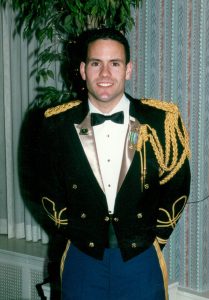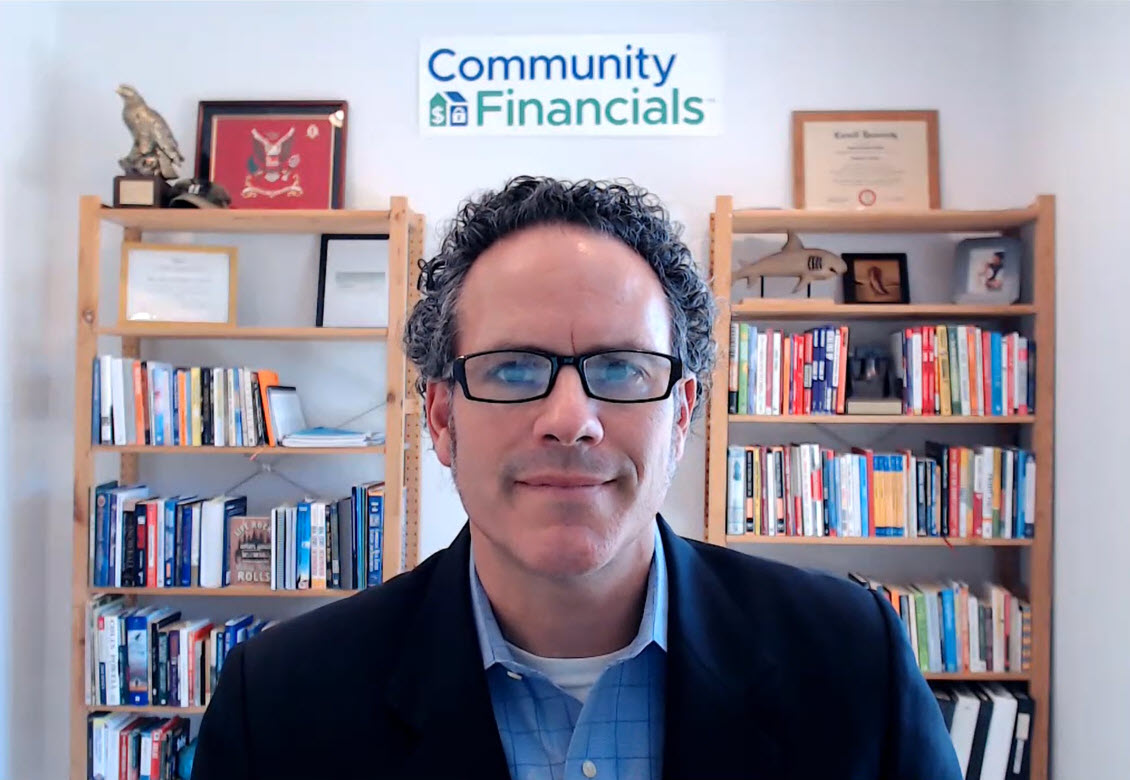3 of the Valuable Life/ Business Lessons I Learned as an Army Officer

I served five years as an Army Lieutenant and then Captain from 1995-2000. It was an awesome education – I refer to this experience as my real-world MBA. I learned a lot (from some of the best senior officers and sergeants) that makes me a better person and leader today but wanted to share 3 this Veterans Day.
Alignment
Make sure everyone knows the mission’s objective. Down to the most junior soldier. Practiced this by holding monthly meetings with the entire staff with my last business and I’ve updated this for my current business Community Financials by holding these meetings weekly.
Performance Evaluations
In the Army, I received quarterly performance evaluations from my Senior Leaders and I gave them to my direct reports. The military has forms to help with this process and I use the main elements from the forms in my performance reviews to this day. Two key items on the evaluation are “Sustains” – what the person is doing well to give positive feedback and the next are “Improves” – where and how they can tighten up their performance. I use a lot of statistics and numbers in this which is helpful to the person being reviewed and it ties to the next section which is goals. State the goal and let people know what to aim for and then measure against it. If quarterly is too often for you, I’ve done the annual evaluation and then quarterly check-ins on goals.
Organizational Structure
The military has manuals on how units are to be structured. It shows the number of soldiers and types of roles. For example, a squad has roughly 8 people (made up of buddy teams), how many squads are in a platoon (4), and then the leadership structure with an officer for larger goals and the Sargent’s for execution. Larger organizations such as Battalions have different positions for logistics, intelligence, communications, and so on. Michael Gerber in his book the Entrepreneurial “E-Myth” discusses drawing out your desired business organizational chart so as you grow you know how to properly staff your business. I’m a fan of this thinking and I’ve used it throughout my business career. Some examples are setting up buddy teams for redundancy and bandwidth on higher customer service phone extensions or setting up a specific role in the org chart for onboarding new customers to help improve the customer experience.
I want to thank all the wonderful people I had the fortune of serving with as well as all those that continue to serve our country this Veterans Day.
If you liked this post you’ll also like last year’s 3 Lessons I Learned as an Army Officer post.

